Identified by pavement markings and striping, conventional bike lanes are designated as exclusive use lanes for bicyclists. These bike lanes enable bicyclists to ride at their preferred speed without interference from traffic conditions. Typically, these bike lanes are located next to motor vehicle lanes, flowing in the direction of travel.
Conventional Bike Lanes
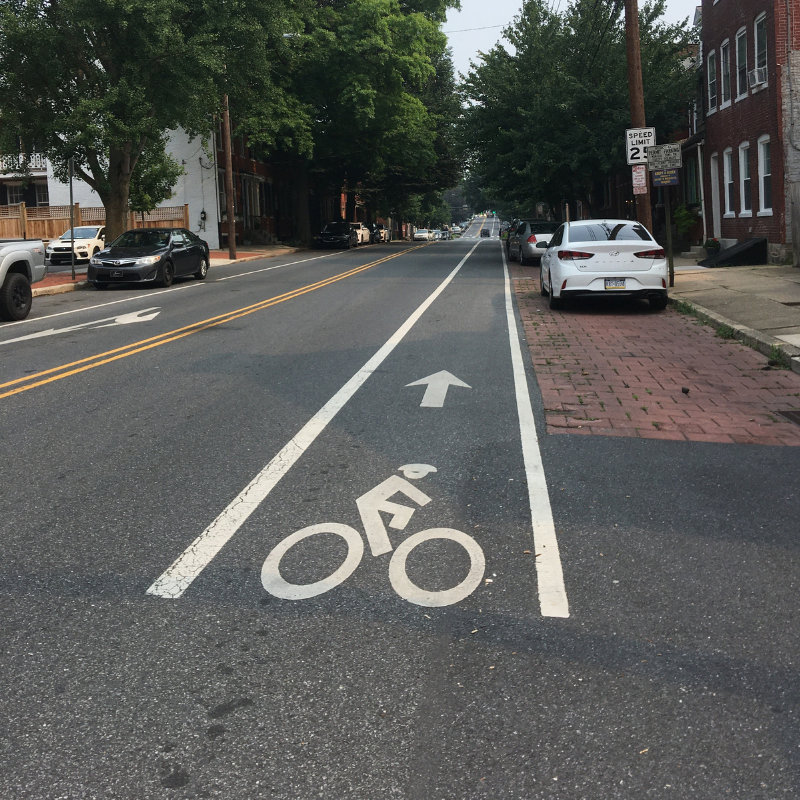
Separated Bike Lanes
Like a conventional bike lane, a separated bike lane is distinguishable by either a physical or painted buffer to separate the bicycle traffic from moving or parked motor vehicles. Bike lanes such as these have a reduced frequency of bicyclists encountering doors suddenly being opened, as well as not having to overtake vehicles. These benefits make the separated bike lane an attractive facility for bicyclists of all levels and ages.

Bicycle Boulevards
Naturally by design, bicycle boulevards are intended to reduce traffic, by implementing signs, pavement markings, and countermeasures that encourage low volume and low speeds. These techniques make it conducive for people traveling by bike or foot, making this style of street optimal for bicycle traffic. Motorized traffic is discouraged on bicycle boulevards, not at all restricting motorists from accessing them while traversing throughout the city.
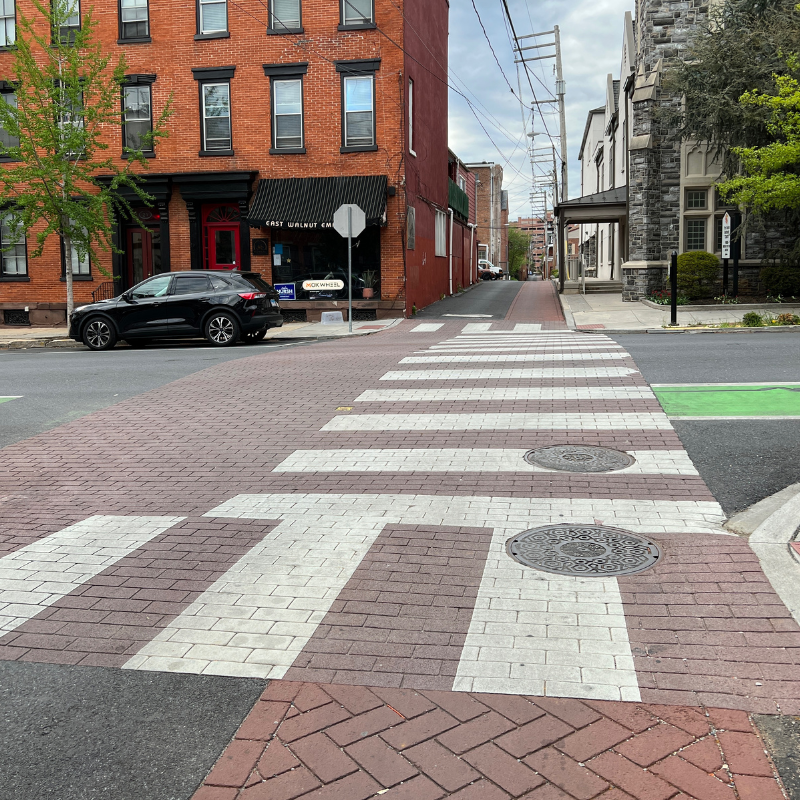
Multi-Use Paths
Multi-use paths, or shared paths, are paved off road facilities designed for recreational and commuter purposes for non-motorized users. These roads are great for weekend bicycle rides to enjoy nature and recharge. Nationwide, multi-use paths are becoming more popular, due to their ease of accessibility for all skill levels.
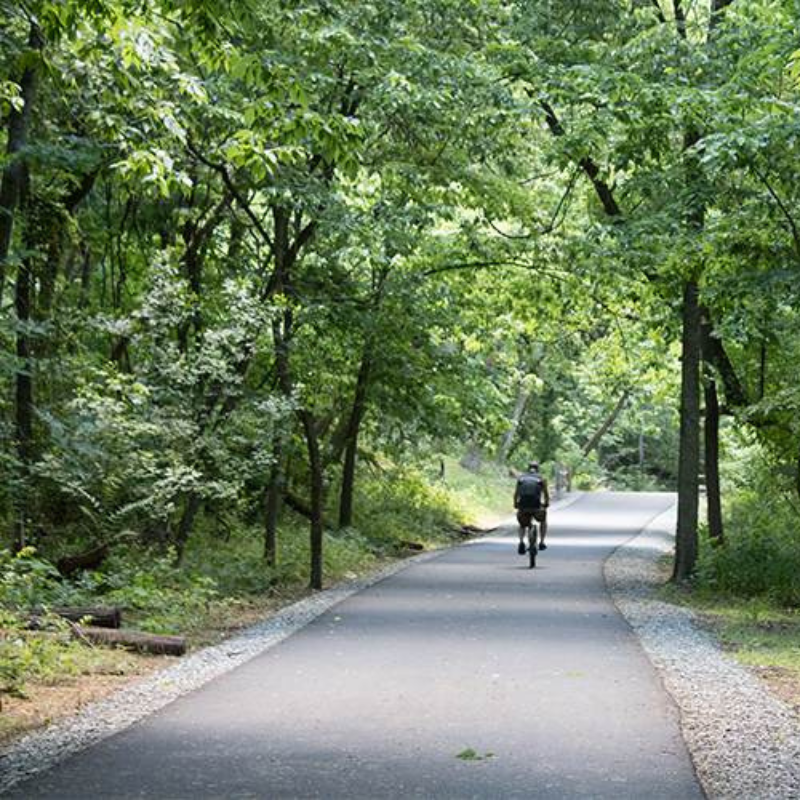
Sharrows
Sharrows, or shared bike lanes are typically identified by two chevrons on top of a bicycle symbol. It is designed to be shared by both motorists and bicyclists. Normally, sharrows will be on low speed/low volume roadways where the speed does not exceed 35mph. Bicyclists can ride in the middle of the travel lane on sharrows, to avoid the door zone of parked cars. Follow the rules of the road: yield to pedestrians, obey traffic signs and signals, and ride with the traffic flow.
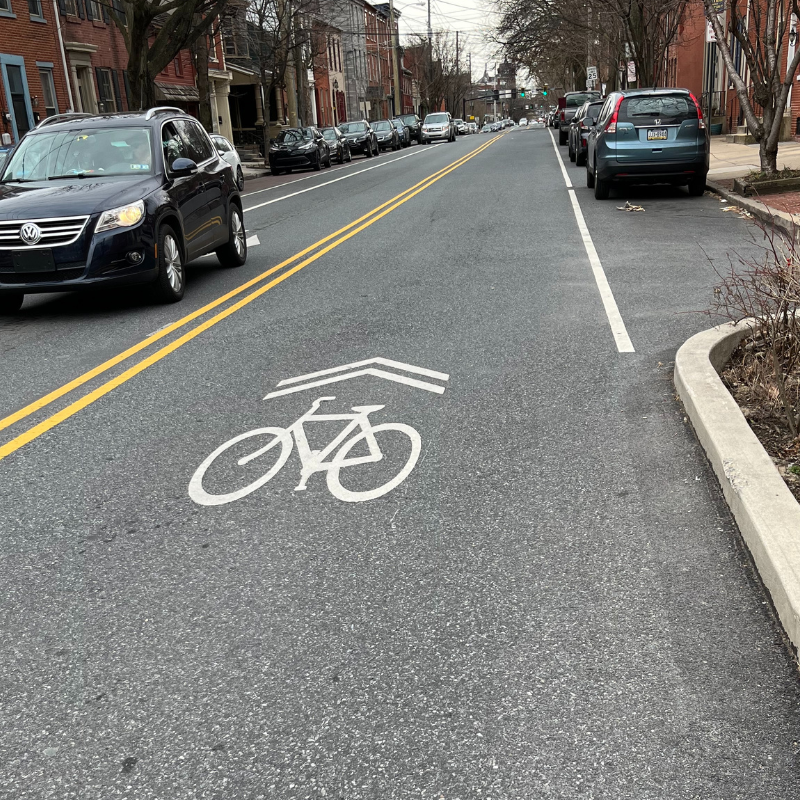
Bike Parking
Function and location are the determining factors for the type of bicycle parking fixtures. For a quick stop at the coffee shop, a simple post & ring installed close to the entrance would be perfect for a quick grab and go. Places of employment and venues that often require a longer visit accommodate bicyclists with bicycle lockers, or a secured sheltered enclosure.
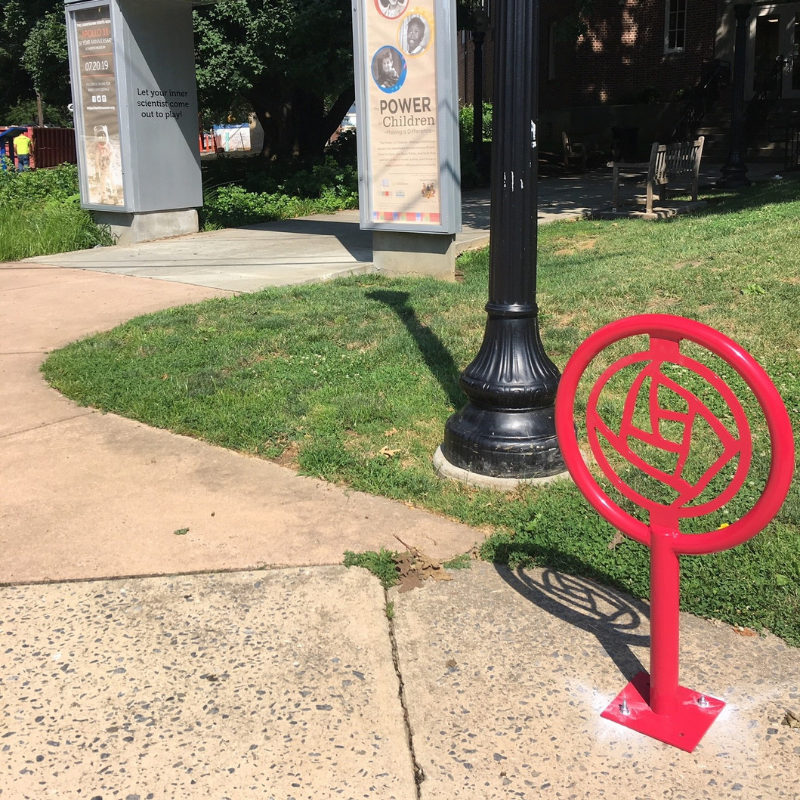
Bike Share
Convenient and affordable, the bike share program gives residents the freedom of mobility across the city. Distributed across the city, bike share stations are available for short trips that give users the time needed to reach the next station on their journey. Regularly, the Bike It Lancaster program offers promotional campaigns that allow residents to ride for 30 minutes to 1 hour free.

Bike Box
Bike boxes are a form of bicycle facility that ensures a safe ride around the community and encourages drivers to increase their sense of awareness. It is a distinct 10- to 16-foot-deep bright neon green pavement facility, with a white stop line at the rear. The design is purposeful, allowing increased visibility and accessibility for bicyclists.
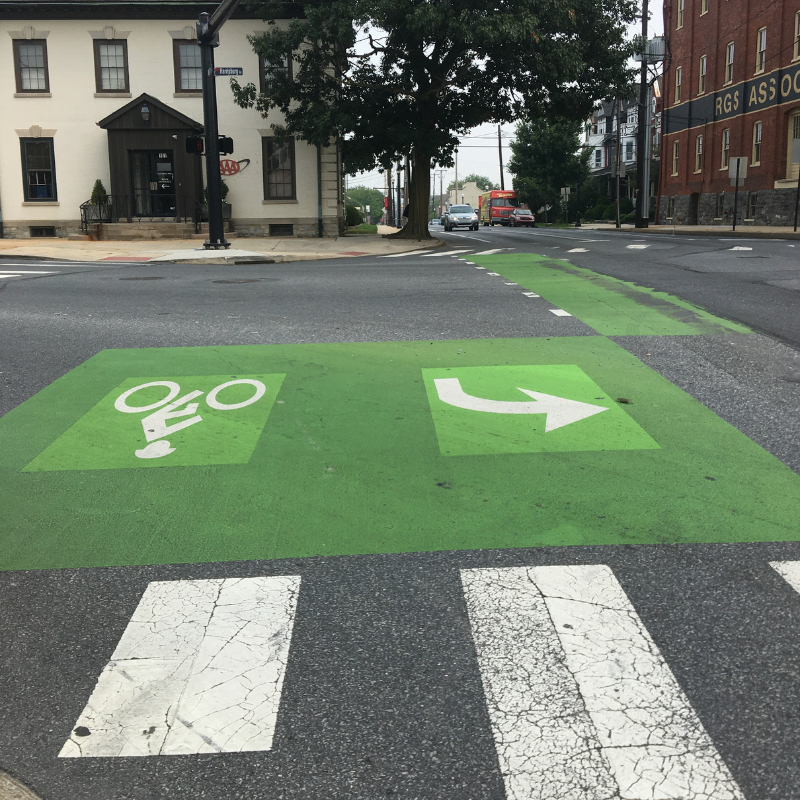
Rectangular Rapid Flashing Beacon
The irregular flashing amber lights found supplementing existing intersection treatments are known as Rectangular Rapid Flash Beacons (RRFBs). This active flashing beacon’s light patterns are like emergency vehicles and have the capacity to be manually activated by a push button, or passively through detection. Commonly, these beacons are used to supplement existing warning signs at unsignalized intersections or midblock crosswalks.
